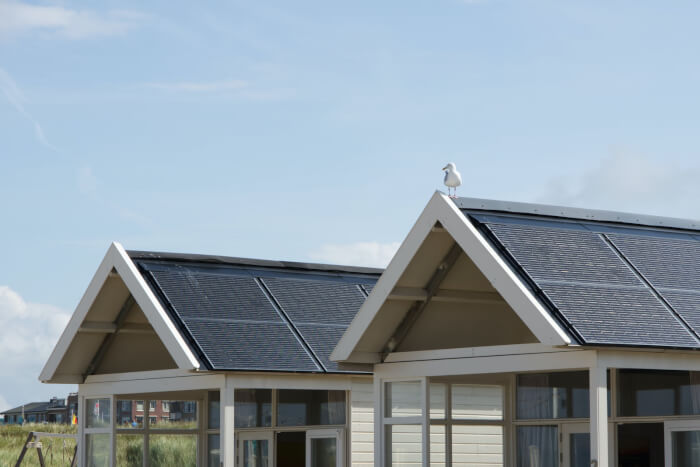Did you know that about one in every 600 homes in the US install solar panels each quarter? Solar energy, after all, is becoming cheaper, especially if you compare it to fossil fuels. Let’s consider how solar panel billing work.
Moreover, going solar allows you to lower your electricity costs in the long run. There might even be months when your solar bill shows zero or negative charges!
But how exactly does solar billing work, and what can you expect to see in your statements?
We’ll discuss the most crucial facts you need to know below, so read on.
Getting a Solar Bill After Installation
You might be wondering if you’ll even get an electric bill after installing solar panels. If you plan to set up an on-grid or grid-tied solar energy system, you will.
An on-grid solar electricity system, the most common type in the US, connects to the local utility grid. It lets consumers draw energy from the grid when their solar panels don’t generate power. An example is at night or during less sunny days when the system doesn’t produce enough energy.
The Charges You Might See
Once you start using your panels, any electricity you tap from the grid shows up on your monthly bill.
Let’s use the average US residential electricity price of 13.83 cents per kWh in February 2022 as an example. Let’s also say you draw 100 kW of grid electricity within your current solar billing cycle. Your solar panels, in turn, generate the rest of the power your household uses.
In that case, your solar billing statement should include charges for the 100 kW you took from the grid. At 13.83 cents per kWh, you can expect an electricity consumption charge of $13.83.
Depending on your utility company, you may also see fixed charges on your bill, such as delivery rates. Others include maintenance or customer service charges. These are only nominal, though, and likely cost only a few dollars.
Negative Amount on Your Bill
If you sign up for a net metering program, you might see a negative amount on your next solar bill. Net metering is one of the financial incentives you can reap when you go solar. That’s on top of the solar tax credits, tax exemptions, and rebates you might also enjoy.
With net metering, you can get credits every time your solar panels produce more power than you use. That excess energy gets sent to the grid, triggering your meter to run backward.
Suppose your system generates more energy than what you tap from the grid. In that case, your total credits might cause your bill to show a negative amount. That’s especially true for utilities that accept credits as payments for fixed fees.
Enjoy Lower Electricity Bills With Solar
Remember: You’ll get a monthly solar bill if you install a grid-tied solar energy system. However, you can expect it to show only minimal charges, or at times, even a negative amount.
Now we know how solar panel billing work. So, why not reach out to a reputable solar installation company today? The sooner they can set up your system, the sooner you can cut or even eliminate your electric bills.
Did you find this guide helpful? We have tons of other informative posts, so browse more of our blog now!
MKTPlace is a leading digital and social media platform for traders and investors. MKTPlace offers premiere resources for trading and investing education, digital resources for personal finance, news about IoT, AI, Blockchain, Business, market analysis and education resources and guides.











